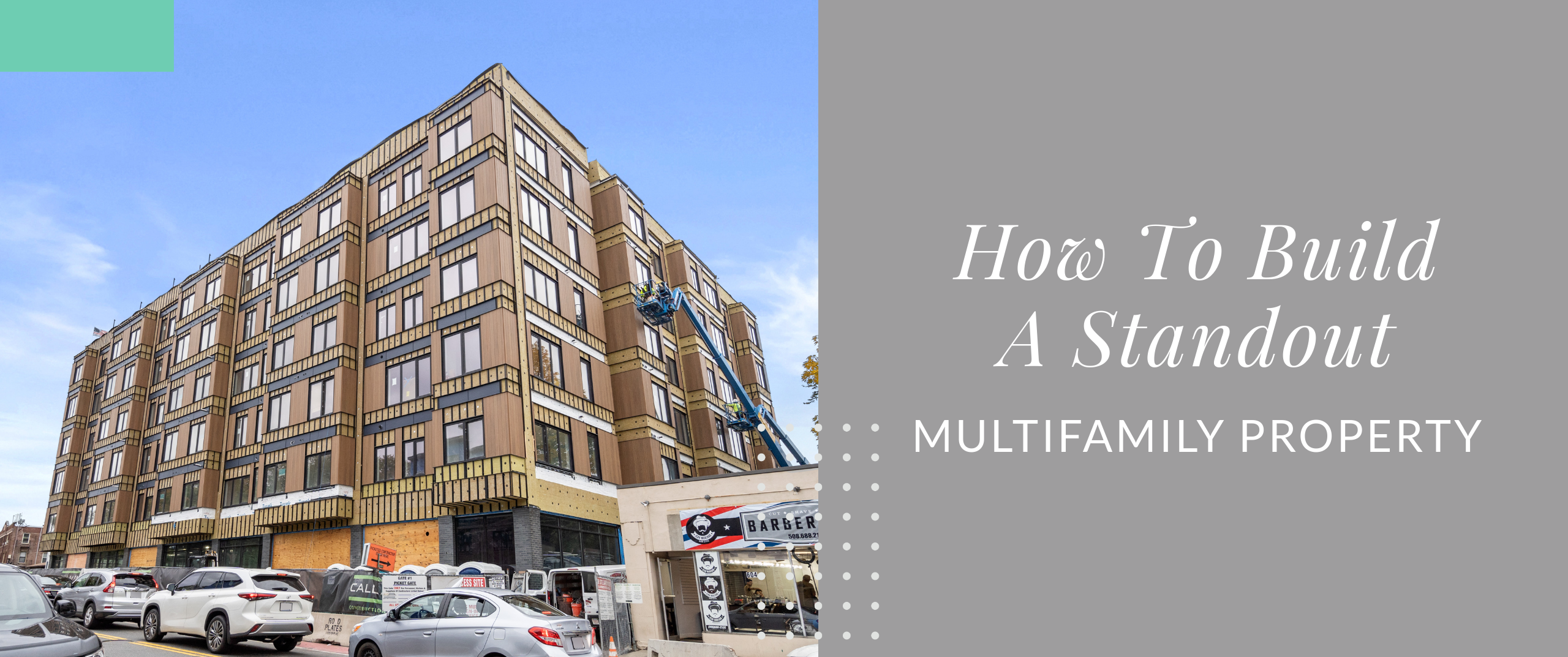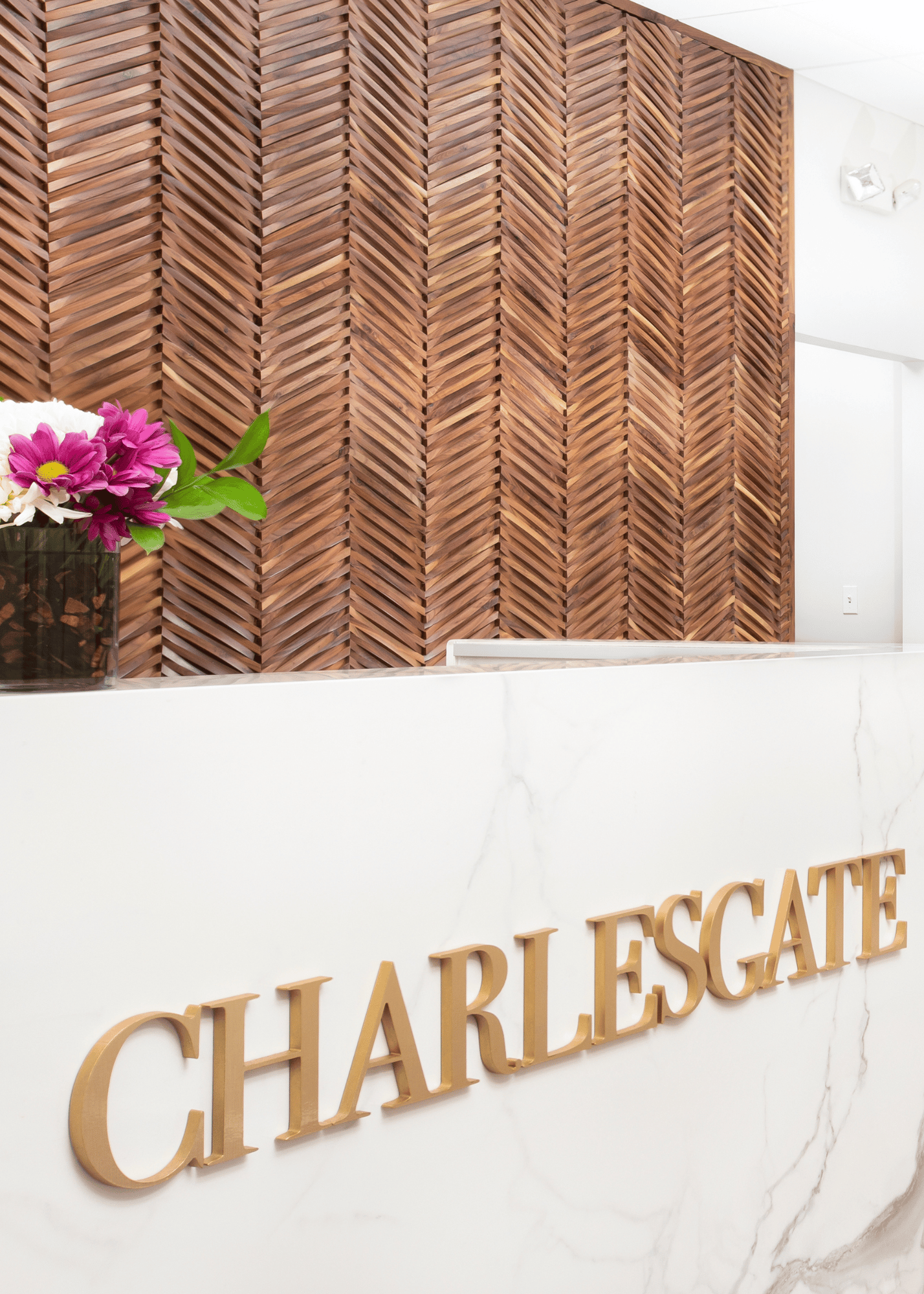How To Create A Signature Brand With Designs That Succeed
With so much new development in Boston, it can be hard to keep track of it all. New housing developments start to blend together in a cookie-cutter haze—but some projects stand out from the rest. Think of buildings like the Lucas, the Modern, or InkBlock. These are just a few examples of iconic, memorable units.
But what makes these select few projects stand out from the rest?
The secret is in high-caliber branding and design. The developers of these projects paid extreme attention to the exterior and interior details, optimized floor plans, and finishing elements. When you put them all together, these elements all intertwine to put an identifiable brand on the project and therefore give the project more cohesion and visibility.
Clearly, creating a signature brand is important for successful real estate projects in Boston. So, how can you create your signature brand? We’ve compiled our best tips below.
Start with the community
When starting a project or pursuing an RFP, we recommend getting into the community and speaking with the neighbors. Meet with the immediate abutters, local community leaders, and neighborhood associations. It may sound like an inconvenience at first, but these are the people who will know what will fit into the fabric of the neighborhood the best.
If your project is mismatched with the needs of the community, it won’t reflect well on your building and your brand. The project could be as epic as possible, but it will seem disjointed or poorly executed if it doesn’t fit the neighborhood.
Instead, listen to what the neighbors think is important and incorporate as much of their requests as possible (within reason). Make the local people feel heard instead of just trying to force your ideas into their space. That way, your building will naturally become a part of the fabric of the community, which will reflect well on your brand.
Avoid cookie-cutter designs
A key element to establishing your brand is to think outside of the box and avoid cookie-cutter elements.
Strive to be as unique as possible while still fitting your building into the context of the neighborhood. Find ways to complement the architecture of the neighborhood with your designs, rather than simply matching what already exists.
Also, consider bringing in a known interior designer to bring a unique sense of style to your project. Working with designers can help enhance your projects with style elements that you wouldn’t normally think of. Their attention to detail and design will show your customers that your brand carefully considers all the details and creates homes with great aesthetics.
Include everyone in the process
Another way to think out of the box and optimize designs is to bring as many different perspectives into the design process as possible. This might sound a bit arduous or unconventional, but gathering different perspectives can be revolutionary to your brand.
Bring in people from marketing, design, architecture, engineering, your real estate sales or leasing partner, and more. Talk to vendors and other partners to learn about their approach. Get people talking about what the project should look like, what it needs to provide, what the ideal floor plans are, and how it addresses the market today. If you approach the design process as a collaborative team project or sport, you’ll find that people have good ideas that make your project better. Again, making people feel heard and incorporating people’s needs into your project will reflect well on your brand.
Get to know your buyers
Another great perspective to get is from your buyers. Get to know your customer, familiarize yourself with their needs, offer them guidance, and use their insights to inform the architect. Build a bridge between the buyer and the builder, and you will surely get better results that enhance the overall vision. The project may not end up as you expected, but it will end up better and therefore create a better brand.
Engage with the city process
Going through the paperwork and bureaucracy with the city is never the highlight of any project, but consider shifting your perspective about the process. Instead of dreading it or fighting with the city, try to view the city process as a benefit. Work with city agencies, such as the BPDA and Landmarks Commission, as if they are just another partner. If you listen, they often have valuable input that can help you make a better project that makes a name for your brand.
Don’t value-engineer the finishes
When going over the budget on any project, the first line item to be scrutinized is usually the finishes. It is easy for general contractors to pick this section apart and try to make cuts or sacrifices. But this is a major mistake that can be fatal to your brand.
Quality finishes are often the determining factor in a buyer’s decision-making process. High-quality finishes are not a huge expense in the overall scope of the budget, but they can have a huge impact on your brand.
So, if you use all the lowest quality finishes, people won’t be enthused about buying your product and that will reflect poorly on your reputation.
However, projects with high-end finishes, custom construction, and a great sense of design get the buyers excited and lead to faster sales. As a result, the return on the velocity of sale is huge for profits, because the carry costs are lower.
Therefore, think about all the quality signals you can send to the buyer from day one. Bring a sense of design to all your projects with high-end finishes, nice appliances, and quality touchpoints throughout the entire process. Start thinking about how to send quality signals in the presale phase, even with your brochures.
If you demonstrate quality throughout the entire process, people will recognize the value and style of your brand and you will see higher returns.

